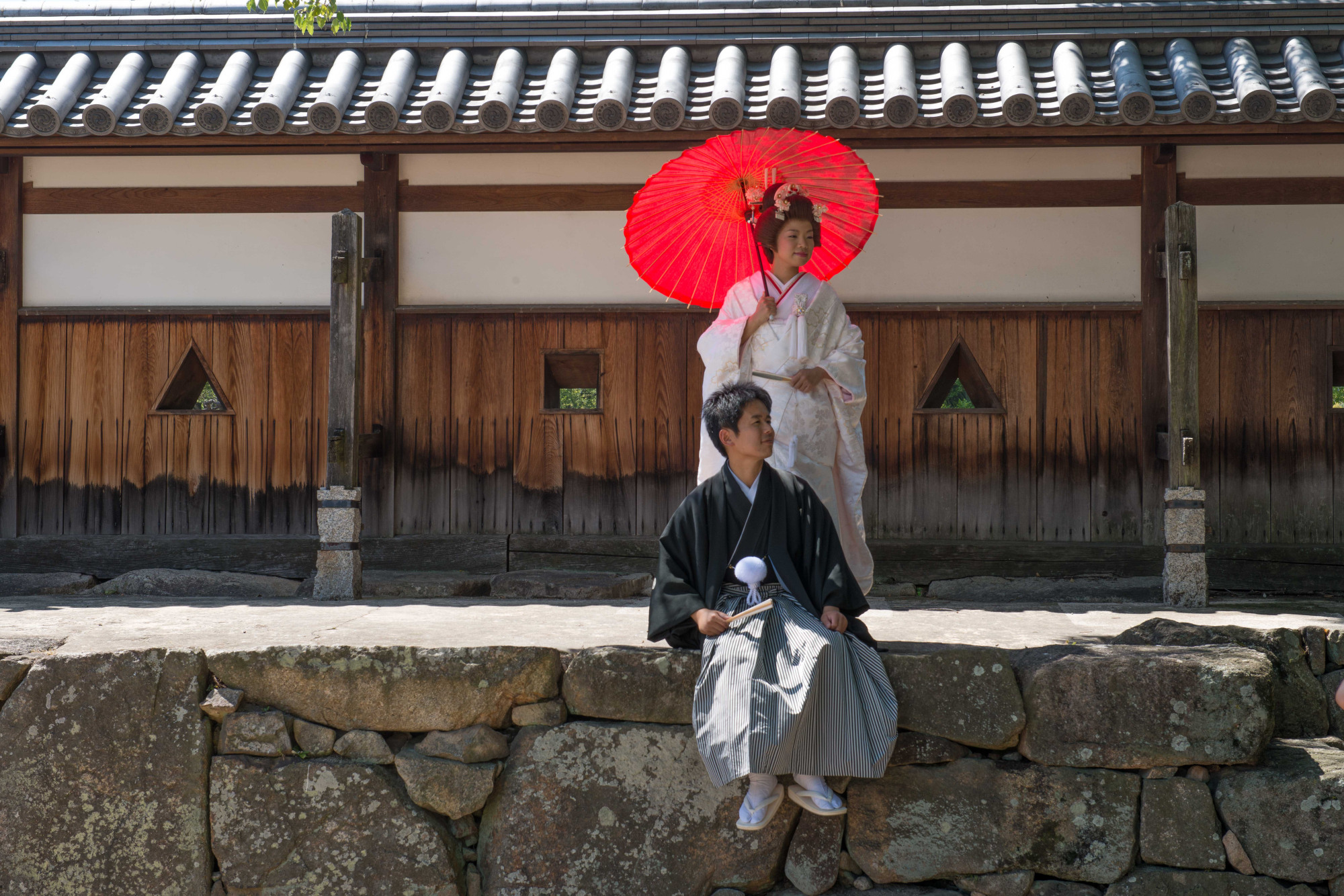The early morning light on this summer day, illuminating the under canopies of trees and sending warm, golden strobes across the oyster cafes over the embankments of the Kyobashi River, is enchanting.
A fan-shaped city divided by seven deltaic waterways, Hiroshima sits on six islands formed by estuarial rivers. It feels large and expansive, but is free of the crowds that fill Tokyo and Osaka. Elegant bridges and river perspectives add notes of grace to this modern city, but its streams of history and collective memory return, invariably, to the morning of Aug. 6, 1945, when a white light lit it up from west to east before plunging it into semi-darkness.
It was the world's first use of nuclear weapons on a civilian population, and the effects have been indelible. Today, the story of the atomic bombing of Hiroshima is well understood, but it wasn't always so — the full truth of what happened took decades to come out as the U.S. Occupation and government sought to keep a lid on images of the destruction and suffering. Japan, for its part, also took decades to erect a memorial acknowledging the Korean laborers who perished alongside Japanese in Hiroshima. The Koreans, whose experience must count as a double misfortune, did get their memorial in the end, though you will have to seek it out. Sidelined away from the central monuments of the Peace Park, it feels a little like an uncomfortable afterthought.
















With your current subscription plan you can comment on stories. However, before writing your first comment, please create a display name in the Profile section of your subscriber account page.